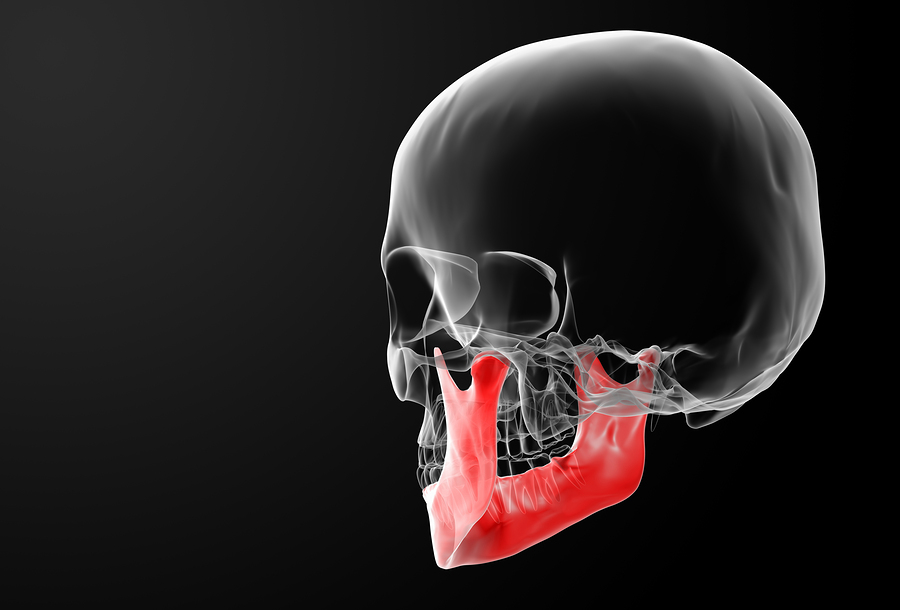Share this
What Exactly Happens in Jaw Surgery in Singapore?
on July 30, 2014
 Has your dentist or orthodontist recommended jaw surgery for you? If so, you probably have a number of questions about what to expect throughout the process. While specific questions about your case will have to be answered by your oral and maxillofacial surgeon, we can offer some general information about what happens in jaw surgery in Singapore for the average patient.
Has your dentist or orthodontist recommended jaw surgery for you? If so, you probably have a number of questions about what to expect throughout the process. While specific questions about your case will have to be answered by your oral and maxillofacial surgeon, we can offer some general information about what happens in jaw surgery in Singapore for the average patient.
Why Jaw Surgery in Singapore is Done
Jaw surgery, also commonly called corrective jaw surgery or orthognathic surgery, is necessary when a person's jaws and/or teeth do not line up properly. Called a skeletal malocclusion, poorly aligned or mismatched jaws can result in conditions that include overbite, underbite, open bite or cross bite. All of these bite problems can cause functional issues, impairing a person's ability to bite and chew efficiently or speak clearly. Excessive tooth wear is also quite common with these conditions, which can result in tooth damage and decay, as well as increasing a person's risk of developing gum disease. Misaligned jaws also quite frequently cause aesthetic issues, which can have a dramatic impact on a person's self confidence and self-esteem. Most common are a protruding or elongated lower jaw in cases of underbite, or protruding upper front teeth and a receding chin in cases of overbite. With jaw surgery in Singapore, these functional and aesthetic issues can be corrected.
What Happens in Jaw Surgery in Singapore
Corrective jaw surgery is a process that involves both orthodontic and surgical treatment. The average treatment plan consists of several months of orthodontic care – usually braces – to position teeth in preparation for surgery, moving them into appropriate positions for the soon-to-be well-aligned jaws. Then surgical treatment is done by a Singapore oral and maxillofacial surgeon, during which the jaws will be resized, reshaped or repositioned as necessary for proper alignment. To do this, your surgeon will make incisions – most often inside the mouth to avoid visible scarring – to access the jaw bones. To correct jaw alignment, your surgeon may remove bone tissue in order to move a protruding jaw back, or separate bones with surgical plates to move the upper or lower jaw forward. After a healing period – generally about 8 weeks – most patients will require a few more months of orthodontic care to perfect tooth alignment in relation to their newly aligned jaws.
Your Final Results
Once the entire process is complete, which, depending upon your specific care needs, generally takes between 12 and 24 months, you can expect eating to be an easier and more comfortable experience. If your malocclusion has caused speech issues, these should be resolved as well. Additionally, having your jaws and teeth aligned properly will change your appearance, improving facial symmetry and harmony and providing a more attractive smile.
Share this
- Jaw Surgery (93)
- Dental Implants Singapore (90)
- Orthognathic Surgery (48)
- Replacing Missing Teeth (26)
- Missing Teeth Options (23)
- Underbite (23)
- Bone Grafting (21)
- Costs (18)
- Facial Aesthetics (18)
- Aesthetics (17)
- dental implants (16)
- corrective jaw surgery (15)
- BOTOX (11)
- Dermal Fillers (11)
- Wisdom teeth (10)
- Fixed Implant Dentures (8)
- Loose Dentures Singapore (6)
- Medisave (6)
- sleep apnea (6)
- Braces (5)
- Dental Pain (5)
- Dentures in Singapore (5)
- Loose Teeth (5)
- Tooth Extraction (5)
- jaw deformities (5)
- bimax (4)
- bone graft (4)
- maxillomandibular advancement (4)
- all-on-4 (3)
- bimaxillary protrusion (3)
- chin implant (3)
- facial asymmetry (3)
- full mouth dental implants (3)
- genioplasty (3)
- immediate implant (3)
- removal of an integrated dental implant (3)
- third molars (3)
- wisdom tooth surgery (3)
- My Dentures Don't Fit (2)
- VME (2)
- bone graft healing (2)
- distraction osteogenesis (2)
- medical tourism (2)
- obstructive sleep apnea (2)
- orthodontics (2)
- plastic surgery (2)
- CT guided dental implants (1)
- Double jaw surgery (1)
- Invisalign (1)
- Periodontal Disease (1)
- Permanent Dentures Singapore (1)
- before and after photos (1)
- facial trauma (1)
- fractured dental implant (1)
- oral appliance therapy (1)
- root canal treatment (1)
- veneers (1)
- vertical maxillary excess (1)
- September 2019 (2)
- July 2019 (2)
- May 2019 (2)
- August 2018 (1)
- October 2017 (1)
- September 2017 (2)
- August 2017 (1)
- June 2017 (2)
- May 2017 (4)
- April 2017 (1)
- March 2017 (1)
- February 2017 (3)
- January 2017 (3)
- December 2016 (1)
- November 2016 (2)
- October 2016 (4)
- September 2016 (9)
- August 2016 (5)
- July 2016 (11)
- June 2016 (14)
- May 2016 (6)
- April 2016 (2)
- March 2016 (1)
- January 2016 (7)
- December 2015 (10)
- November 2015 (4)
- October 2015 (9)
- September 2015 (7)
- August 2015 (1)
- July 2015 (6)
- June 2015 (3)
- May 2015 (7)
- April 2015 (5)
- March 2015 (8)
- January 2015 (5)
- December 2014 (7)
- November 2014 (7)
- October 2014 (6)
- September 2014 (8)
- August 2014 (5)
- July 2014 (7)
- June 2014 (8)
- May 2014 (9)
- April 2014 (10)
- March 2014 (6)
- February 2014 (8)
- January 2014 (3)
Subscribe by email
Email subscription




Comments (1)